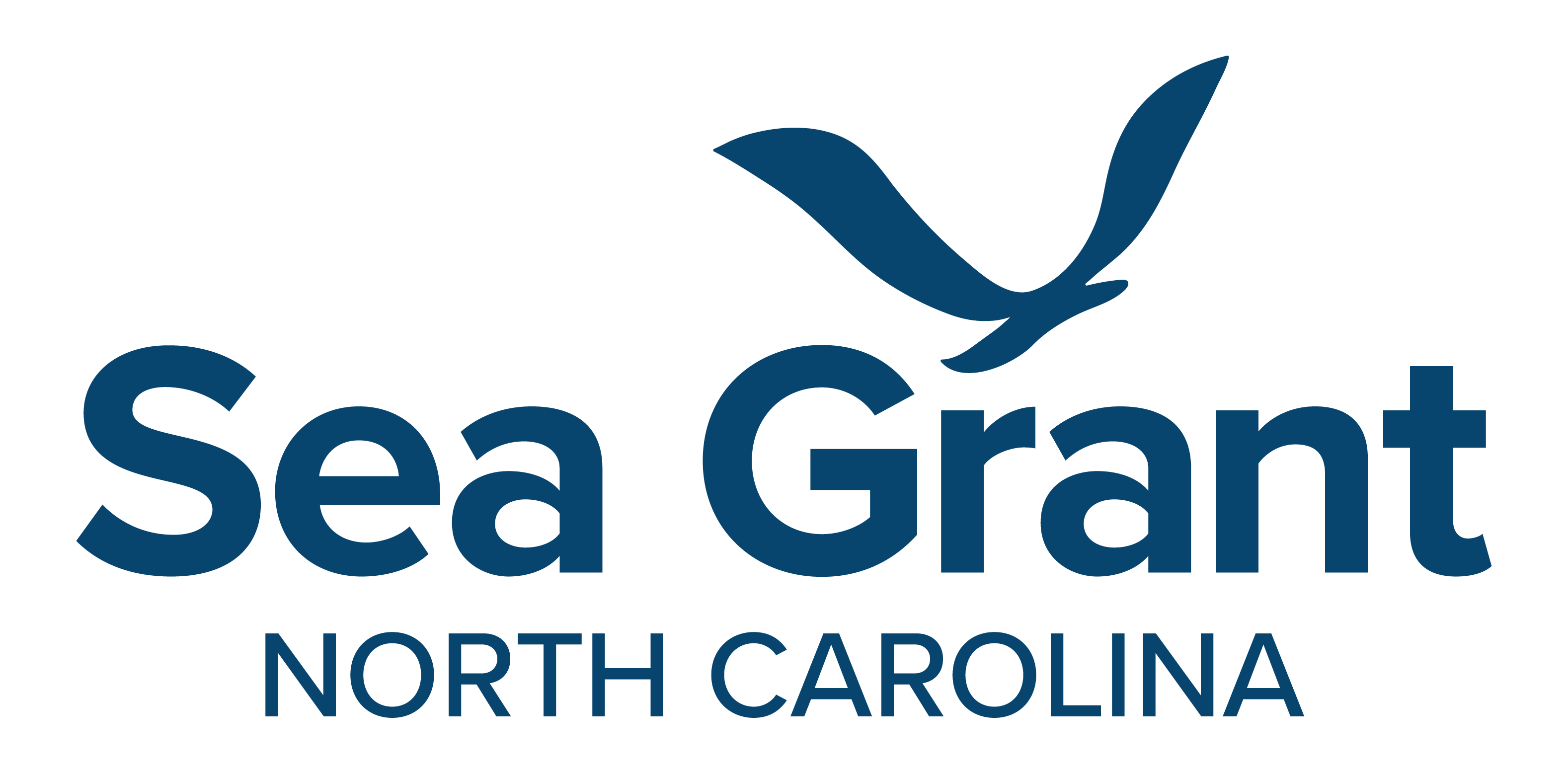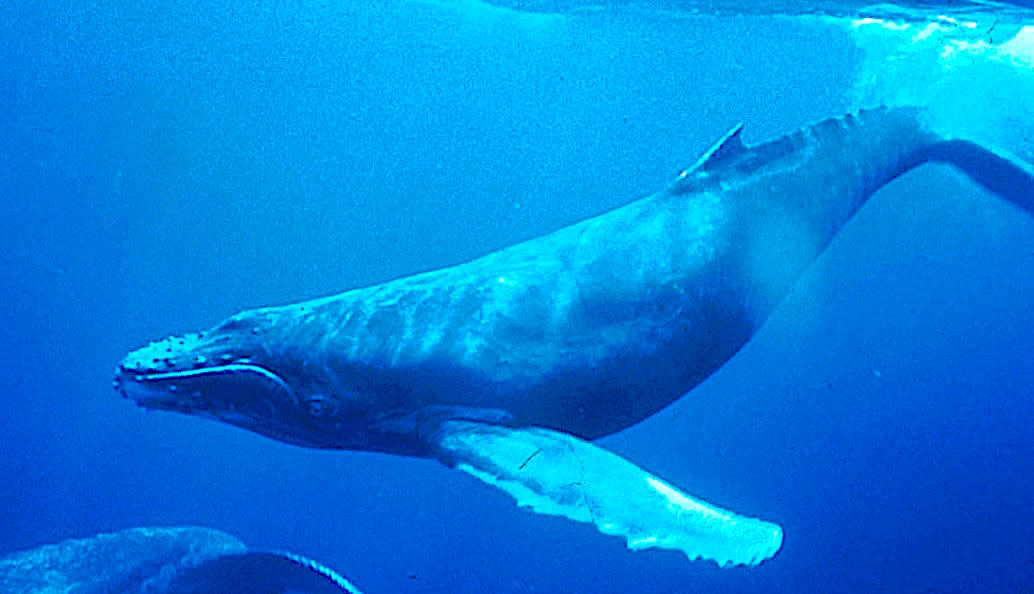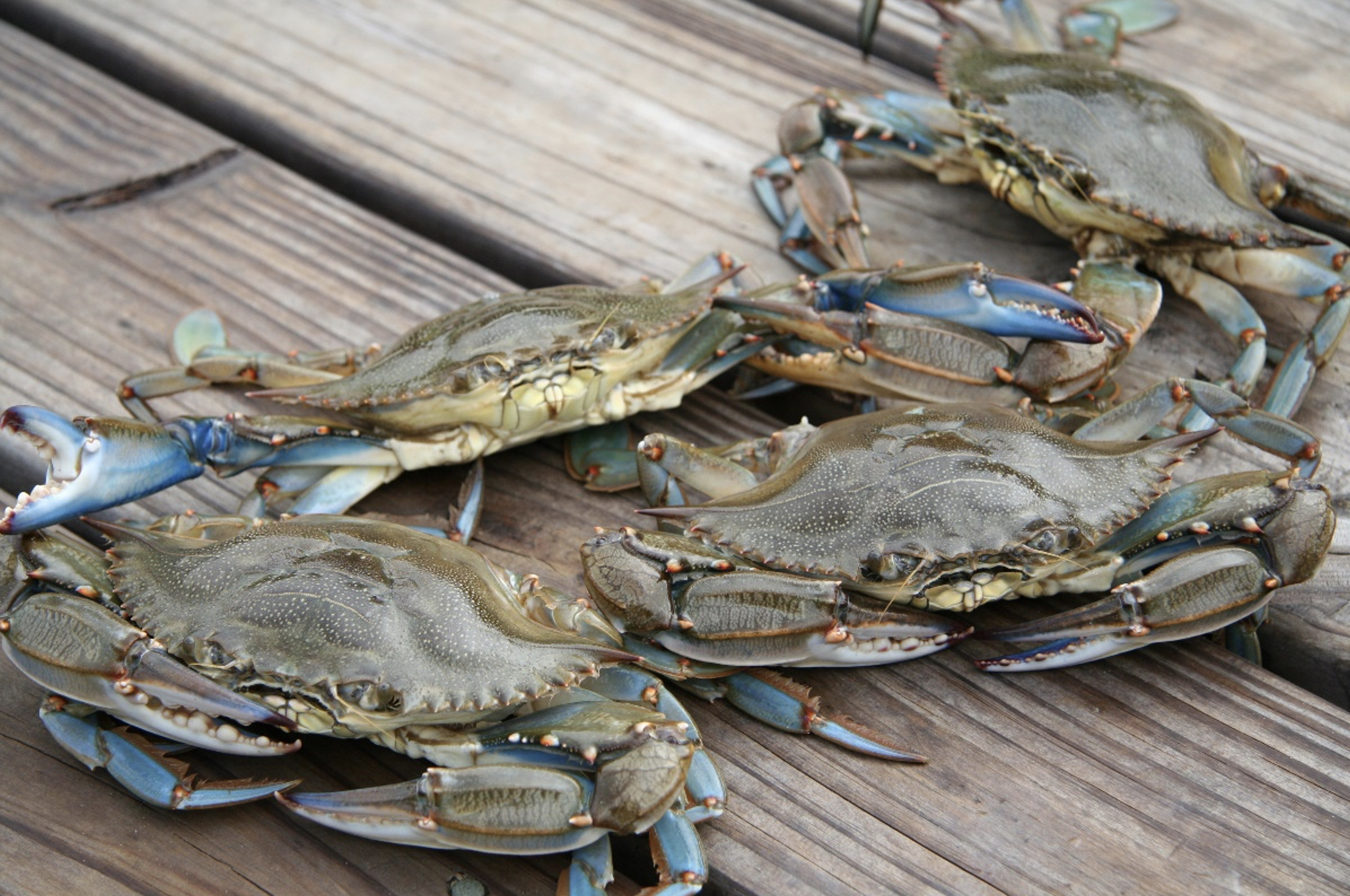The Most Popular Hook, Line & Science Posts from 2024
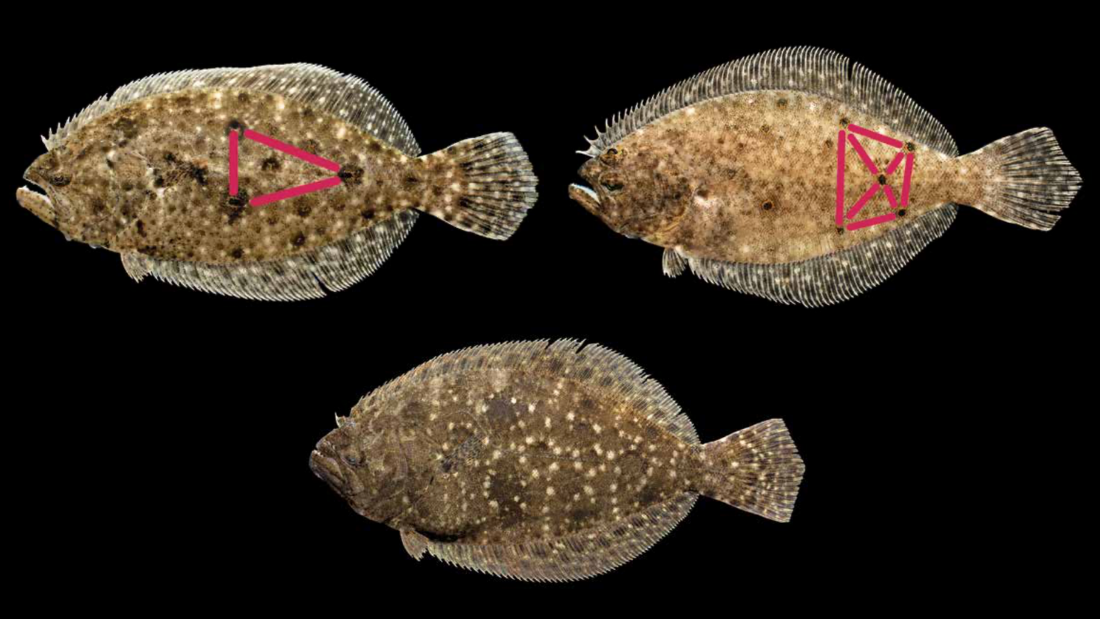
Flounder identification, potential nuclear war impacts, and blue land crabs found the most readers.
Since the launch of Hook, Line & Science in December 2018, we have consistently covered news and research related to saltwater angling in North Carolina. Each post generally falls into one of three categories: fisheries science and management, boating and angling practices, and conservation.
Periodically, we like to share the posts our readers like best. Below are the most popular posts from Hook, Line and Science in 2024.
Thanks for reading!
1. Can you identify North Carolina’s three species of flounder?
In North Carolina estuarine and marine waters, there are three flounder species — southern flounder, summer flounder, and Gulf Flounder — that all look alike to the untrained eye. So much so, that N.C. Division of Marine Fisheries (NCDMF) says even most anglers have a hard time correctly identifying the flounder they catch.
The most distinguishing feature between species is the type and patterns of spots: summer and Gulf flounder have “ocellated” spots, or ringed markings that look like eyes, whereas southern flounder have non-ocellated spots. In addition, only the summer and Gulf flounders have distinctive patterns of spots; spots and markings on southern flounder are random. The NCDMF has a developed a guide that provides all this information along with clear images of real flounder on black backgrounds.
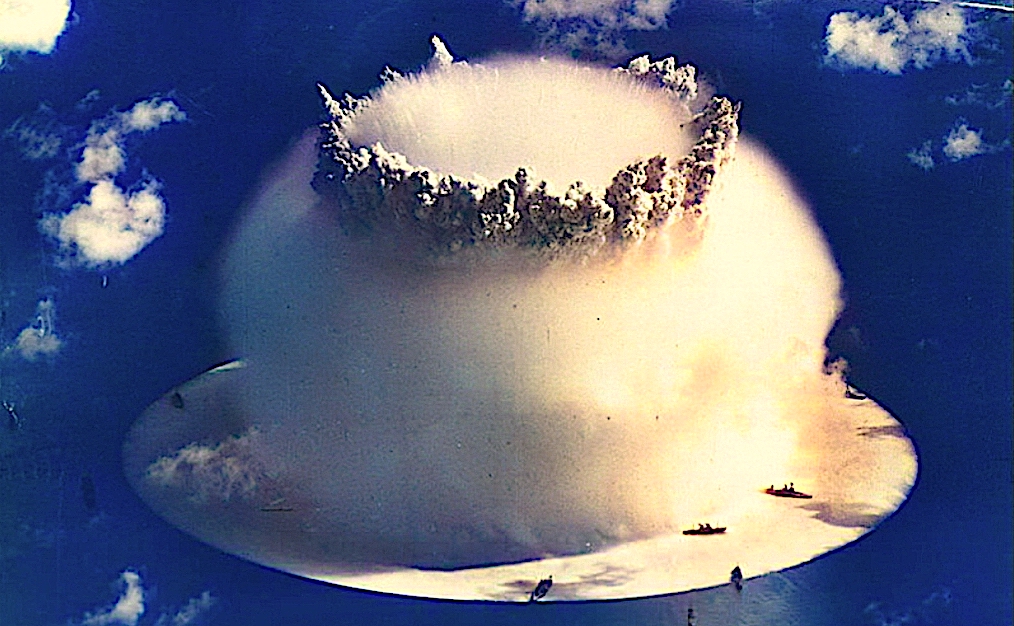
2. How would a nuclear war affect our climate and oceans?
In the event of nuclear war, urban firestorms — which create and sustain their own wind systems — would loft soot into the upper troposphere and lower stratosphere. The resulting reduction of sunlight would lead to global cooling that could trigger changes in the ocean system. Impacts of the nuclear cooling event could include expansion of sea ice into populated coastal areas and affect marine life.
When scientists analyzed the largest U.S.–Russia nuclear war scenario, recovery of ocean temperatures would take decades at the surface and hundreds of years at greater depths. After 30-years, the deep ocean would still be cooling. In addition, changes to Arctic sea-ice likely would last thousands of years in a “Nuclear Little Ice Age.”
In contrast, productivity would increase in the tropics and subtropics with conditions suitable for broadscale seaweed production.
With lower ocean temperatures, growth rates of fish would slow. Global fish biomass would decline by approximately 20% over the first 10 years of a post U.S.–Russia war.
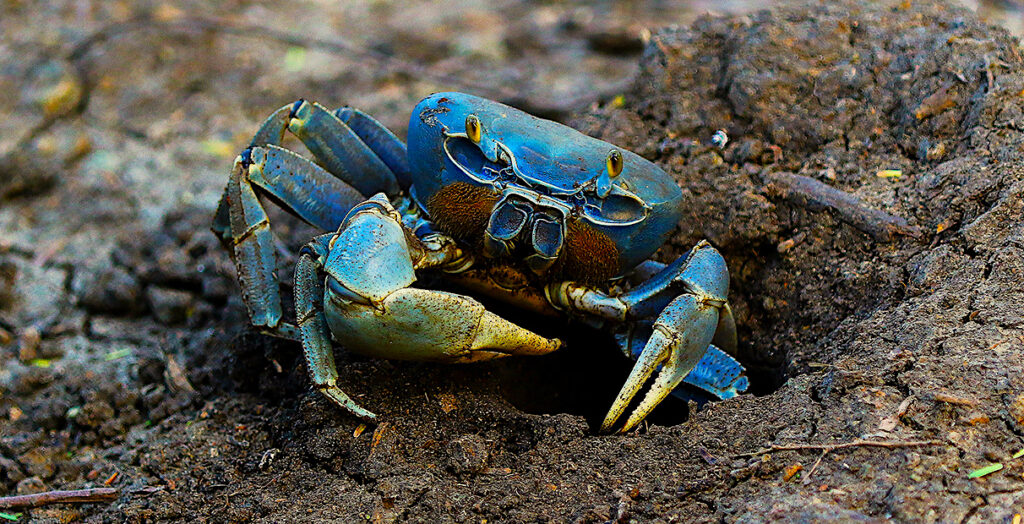
3. What’s the deal with that weird big blue crab on the beach?
The blue land crab lives along the Atlantic coast from Brazil to South Florida, but increasingly has appeared in the Carolinas. Researchers do not yet know the extent of the crab’s presence in the region nor its impact on the environment and other wildlife. Whether the species arrived through natural expansion of its range or human-mediated sources also is not clear.
NCDMF and South Carolina’s Department of Natural Resources are working together to figure out if these foreign crabs are displacing other species of crab or damaging natural habitats. Blue land crabs can create up to 6-foot-deep burrows, which can destabilize sediment, destroying crops, gardens, lawns, parks, golf courses, and more. Officials warn that blue land crabs are difficult to catch. In addition to their speed at retreating into their burrows, the crabs have a large claw, similar to a fiddler crab’s, that they can use to defend themselves.
As always, you can find more details about these and other studies and access the original research articles at Hook, Line & Science.
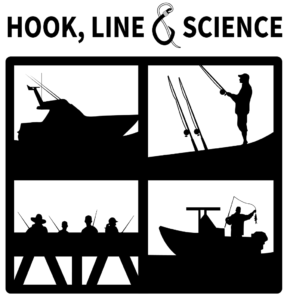
The text from Hook, Line & Science is available to reprint and republish, but only in its entirety and with this attribution: Hook, Line & Science, courtesy of Scott Baker and Sara Mirabilio, North Carolina Sea Grant. HookLineScience.com
